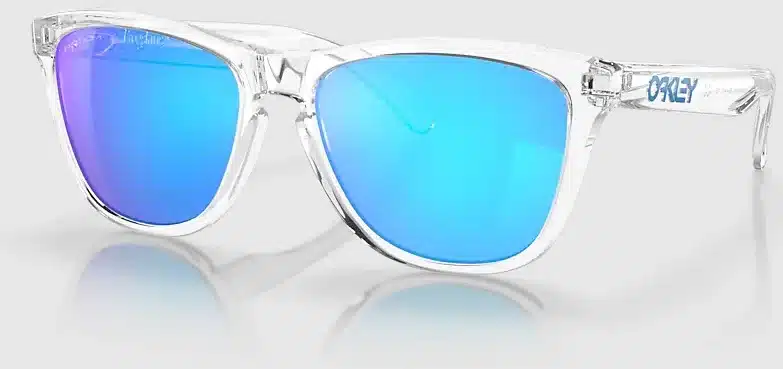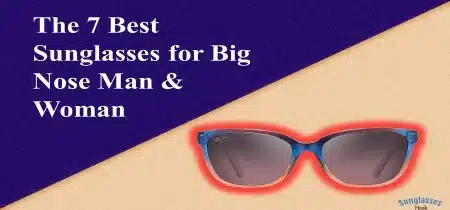Skiing and snowboarding are sports that often require good visibility to maximize enjoyment and ensure safety. But can you ski with sunglasses? The answer is yes, but there are certain considerations to bear in mind. Let’s delve into the topic in more detail.
Why Protect Your Eyes During Skiing?

UV Rays
Protection from the sun is crucial when skiing or snowboarding. High altitude and the reflection of the sun off the snow intensify UV rays, which can lead to conditions like snow blindness, a painful, temporary loss of vision due to overexposure to the sun’s UV rays.
Wind and Debris
Snow and ice often kick up while you are skiing or snowboarding, and they can get into your eyes, causing irritation or injury. The wind can also make your eyes water, blurring your vision and making it harder to navigate.
Sunglasses Versus Goggles: What’s the Difference?
Sunglasses
Sunglasses are light, comfortable, and stylish, and they provide a good level of sun protection. High-quality sunglasses can provide 100% UVA and UVB protection, protecting your eyes from the harmful effects of the sun.
Ski Goggles
Goggles offer the best eye protection on the slopes. They provide a seal around your eyes, protecting them from wind, snow, and ice. They also offer UV protection, and many have anti-fog features to keep your vision clear.
Can You Ski with Sunglasses?
Yes, you can ski with sunglasses, but it might not be the best choice for everyone or every condition. Let’s take a look at when sunglasses can be a good option and when it’s better to opt for goggles.
Pros and Cons of Skiing with Sunglasses
Advantages
Sunglasses are more lightweight and comfortable to wear than goggles, especially on warmer, sunnier days. They also allow more ventilation, reducing the likelihood of fogging up. Plus, they can be worn off the slopes, making them more versatile than goggles.
Disadvantages
Sunglasses do not provide the same level of protection as goggles. They do not seal around your eyes, so wind, snow, and ice can still get in. This can be a significant drawback in windy conditions or heavy snowfall. Furthermore, sunglasses are more likely to fall off during falls or high-intensity skiing.
When to Ski with Sunglasses
Skiing with sunglasses can be a good option in certain conditions. On warm, sunny days with little wind, sunglasses can provide sufficient protection. They are also a good choice for spring skiing when the weather is milder.
For casual skiers or those who stick to well-groomed trails, sunglasses may offer enough protection. However, for off-piste or high-intensity skiers, goggles are likely the safer bet.
Selecting the Right Sunglasses for Skiing
If you choose to ski with sunglasses, it’s important to select the right pair.
UV Protection
Ensure your sunglasses offer 100% UVA and UVB protection. This is non-negotiable when skiing, as the UV intensity is higher due to altitude and reflective snow.
Polarization
Polarized sunglasses reduce glare, which is particularly beneficial on the slopes, where the sun reflects off the snow.
Coverage
Look for sunglasses that offer good coverage. Wrap-around styles can provide better protection from wind and debris.
Durability
Sunglasses for skiing should be sturdy. They need to stay on your face and hold up to falls or impacts.
Conclusion: To Ski with Sunglasses or Not?
While you can ski with sunglasses, whether you should or not largely depends on the weather conditions and your personal comfort. They are a viable option for sunny, calm days and casual skiers. However, for more extreme conditions or high-intensity skiing, goggles are the recommended choice for their superior protection.
Choosing to ski with sunglasses or goggles is a personal decision. However, prioritizing safety and ensuring your eyewear offers full UV protection is essential. Regardless of your choice, make sure to enjoy your time on the slopes!



Recent Comments